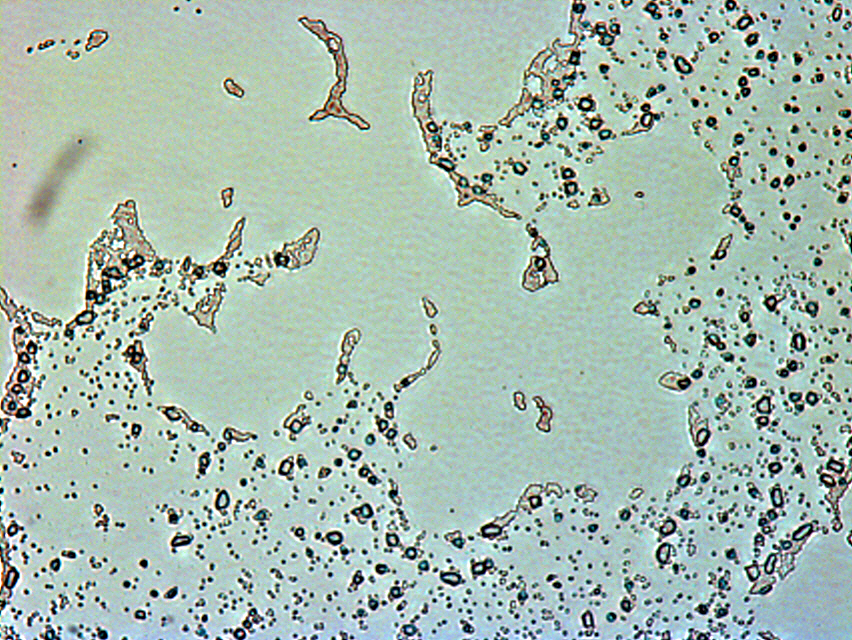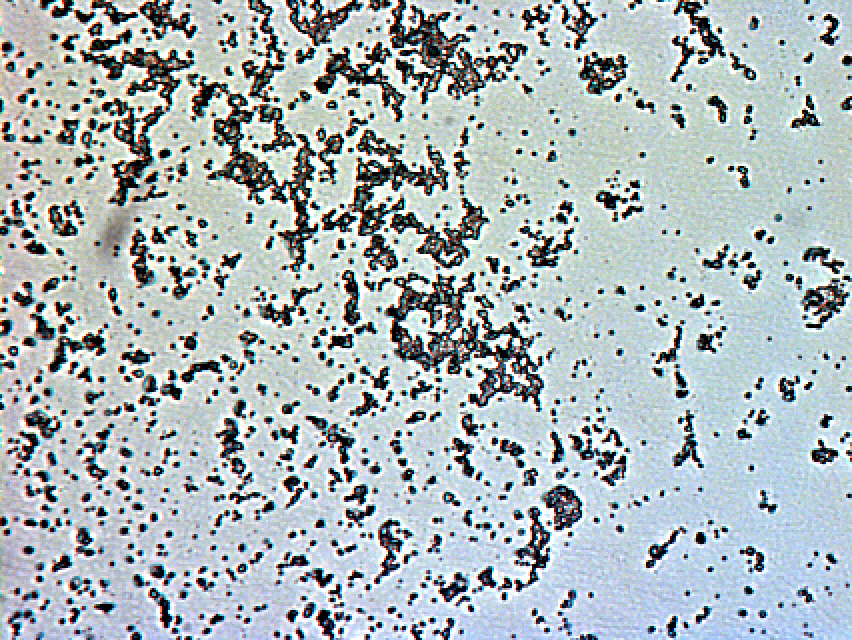Team:British Columbia/Project Biofilm
From 2010.igem.org
Introduction
The biofilm sub-team has obtained a growth curve plotting the biofilm growth of S. aureus RN4220 and 8325-4 strains at 3 to 30 hour incubation times. This basic growth curve can be used for comparison with growth curves under conditions where the biofilm is exposed to DspB only, the phage only, or DspB integrated into the phage. RN4220 is a S. aureus strain without a prophage and 8325-4 is a S. aureus strain that has been cured of phage Փ11, Փ12, and Փ13; both strains were selected based on their susceptibility to phage Փ13. The biofilm data collected has additionally been incorporated into the Modelling sub-team simulation to predict the effect of the synthetic phage on Staphylococcus aureus biofilm growth.
Approach
The biofilm sub-team obtained the majority of their results from optical density readings (OD absorbance at 550nm) by a Tecan plate reader. Differing variables were tested initially, which determined that both RN4220 and 8325-4 strains displayed greater growth (higher OD readings) when innoculated into a 96-well flat bottomed plate with a solution of 1%-glucose tryptic soy broth. 1%-glucose tryptic soy broth without the innoculated bacteria serced as the control. (see Fig.1)
After these conditions for growth were established, the innoculated 96-well flat bottomed plates were incubated at various times ranging from 3 to 30 hours at 37 degrees Celsius. After incubation, the innoculated wells were subjected to a 3 x 300ul wash with phosphate buffer saline solution to maintain a stable pH and rinse away cells that were not adhered to the biofilm aggregate. Heat fixation followed to adhere the biofilm to the 96-well plate and inhibit further growth. Subsequent staining of the cells with crystal violet dye allowed for OD readings of the biofilm which produced data for the growth curve.

Results & Discussion
The OD readings at 550nm yielded the data for Fig.1. The data points indicate that there is a steady increase of growth between each time point until 18 hours, at which point, the biofilm enters a state of dynamic equilibrium. The S. aureus strain RN4220 exhibits greater growth in comparison to the S. aureus strain 8325-4 during the steady growth phase from time points 2.5 hours to 18 hours, however has a lower peak growth as indicated by its OD reading of 0.29 absorbance units when compared to 0.32 absorbance units of 8325-4. (see Fig. 2)

From time points 20 to 30 hours, both RN4220 and 8325-4 strains of S. aureus exhibit growth that is typical of a dynamic equilibrium state. The cyclical biofilm maturation and subsequent dispersal pattern occurs when the biofilm reaches a critical mass and is no longer “profitable” for the bacterium to participate in. The bacteria composing the outermost layers of the biofilm then develop into planktonic organisms and dissociate from the biofilm, while others die due to lack of nutrients and exposure to toxic metabolic wastes generated by the biofilm. After dispersal of the biofilm commences, more nutrients are available for stimulating growth, and it becomes favourable for the bacteria to aggregate and form a biofilm again.
To most clearly observe the effect of the carbohydrate digesting enzyme, DspB, on the biofilm, a solution of crude cell extract concentrated with DspB can be added to the time point of 9 hours. Nine hours is the optimal time for exposure as it is clearly in the log phase of steady growth for the bacterium so it will be clear that any decrease in growth would be due to the affect of DspB, whereas adding at 18 hours would be very unclear as the growth curve steadily declines after showing that the bacteria declines in growth of its own accord. The S. aureus strain 8325-4 will be used because its growth curve displays a more typical log phase of growth while Rn4220 shows signs of a growth plateau after 7 hours.
For future directions in this area, DspB and quorum sensing genes can be incorporated into the engineered phage construct and exposed to the 8325-4 strain at 9 hours to test its effectiveness for dispersal of S. aureus biofilms
 "
"


